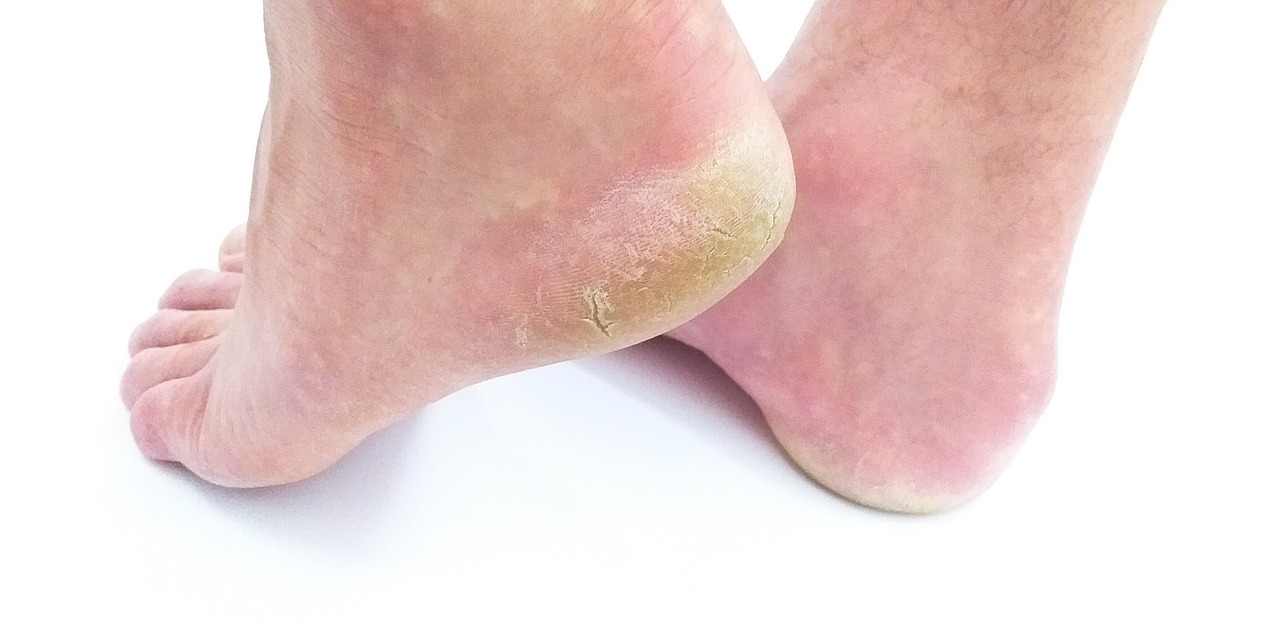In 2012, Reeboonlap, et. al., conducted the Study which Reveals the Effectiveness and Safety of Infrared Therapy for Alleviating Heel Pain. Plantar fasciitis, a leading cause of heel pain, affects a significant portion of the population. While conservative treatments have shown success, they often require extended periods to achieve the desired outcomes. However, a recent study conducted at Phramongkutklao Hospital aimed to explore a novel approach to expedite recovery using infrared rays.
The objective of the study was to investigate the results of infrared rays as a potential treatment for plantar fasciitis. Seventy patients diagnosed with this condition were divided into two groups. The first group received standard conservative treatment, consisting of nonsteroidal anti-inflammatory drugs (NSAIDs) and Achilles tendon stretching exercises. The second group underwent the same treatment but with the addition of infrared rays.
To assess the efficacy of the treatment, the researchers measured the patients’ pain levels using the visual analog scale (VAS) at the beginning of the study and six months post-treatment.
The results of the study were encouraging. In the control group, consisting of patients receiving standard conservative treatment, 34 out of 39 feet showed a reduction in pain levels, as indicated by a decrease in VAS scores from an average of 8.41 to 5.28 after six months. Meanwhile, in the group receiving infrared therapy, 35 out of 44 feet experienced a significant decrease in pain levels, with VAS scores dropping from 8.70 to 3.38 over the same period. Importantly, no patients experienced worsening symptoms after incorporating infrared rays into their treatment regimen.
These findings suggest that the application of infrared rays is an effective method for managing plantar fasciitis. Notably, infrared therapy is both safe and easy to administer, making it an appealing option for healthcare professionals and patients alike.
Infrared therapy works by utilizing specific wavelengths of light that penetrate deep into the affected tissues, promoting blood circulation and stimulating the body’s natural healing processes. By targeting the source of inflammation and pain, infrared rays offer a non-invasive alternative to more aggressive treatment options.
This groundbreaking study highlights the potential of infrared therapy as a valuable addition to the current arsenal of plantar fasciitis treatments. By incorporating infrared rays into conservative management plans, patients may experience quicker recovery times and reduced reliance on medications.
As further research in this area continues, healthcare providers can look forward to additional evidence supporting the use of infrared therapy for plantar fasciitis. With its demonstrated effectiveness and ease of use, infrared rays hold the promise of revolutionizing the treatment of this common and debilitating condition, offering new hope for individuals seeking relief from heel pain.
Reference: Reeboonlap, N., Satitsmithpong, N., Phisitkul, P., & Charakorn, K. (2012). Outcome of plantar fasciitis treatment using monochrome infrared irradiation. J Med Assoc Thai, 95(Suppl 10), S147-50.
